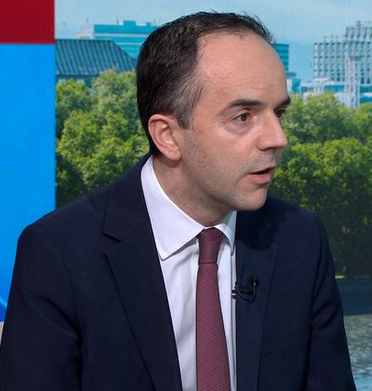Over 58% of smokers still try to quit without using an aid and going “cold turkey”,2 despite this being the least effective way. A PHE report highlights that public misunderstanding of the harmfulness of nicotine containing products, such as NRT and e-cigarettes, may be linked to inaccurate and confused perception of the risks of nicotine.
The risks of nicotine use are likely to be very low or negligible. NRT is safe and licenced for use in pregnancy and for people with cardio vascular disease. And there is now wide international consensus that e-cigarettes are far less harmful than smoking. It is the cocktail of deadly chemicals in cigarette smoke, including tar and carbon monoxide, which causes almost all of the harm of smoking.
Four in 10 smokers and ex-smokers incorrectly think that nicotine in cigarettes is the cause of most of the smoking-related cancer.1 Understanding of the harms of nicotine among the general population is similarly poor. In 2017:
- only 7.5% thought that none or a very small part of the risk of smoking comes from nicotine
- 14% thought that it was nearly all the risk
- almost a quarter (24.2%) of the population didn’t know
- using NRT as a quit aid, such as patches and gums, or e-cigarettes makes it one and a half times as likely you’ll succeed;
- your chances of quitting are doubled if using a stop smoking medicine prescribed by a GP, pharmacist or other health professional;
- expert support from a local stop smoking service gives you the best chance of quitting successfully;
- combining quit aids with expert support makes it four times as likely you’ll stop smoking successfully.
“The good news is that there is free support including a range of products to help anyone wanting to quit. Visit https://www.nhs.uk/smokefree to find free advice on how to give up smoking in a way that suits you."
Professor John Newton, Director of Health Improvement at PHE said: “Misunderstanding about the risks from nicotine may be deterring smokers from using quit aids such as e-cigarettes or nicotine replacement therapies like patches and gums.
“Nicotine is addictive but it’s the many thousands of chemicals in tobacco smoke that are responsible for almost all of the harm caused by smoking. Using nicotine quit aids helps manage cravings and can be one of the solutions to helping you stop for good. Going ‘cold turkey’ is not recommended as it’s the least successful way.
“To get the most benefit, make sure you use as much nicotine replacement as you need, and for as long as you need, as this will help you stop smoking and stay smokefree. Combining quit aids with support from a stop smoking service gives the best success rates. With the wide range of aids now available, there’s never been a better time to stop.”
PHE has been supporting all NHS trusts across the country to do all they can to become truly smokefree. The Government and NHS England have both made commitments to a smokefree NHS, in the latest tobacco control plan and the NHS five year forward view.
Smoking rates are at their lowest ever level (15.5% of the adult population), but there are still nearly seven million smokers in England. Smoking kills 79,000 people in England every year,3 and for every death another 20 smokers are suffering from a smoking-related disease.
















